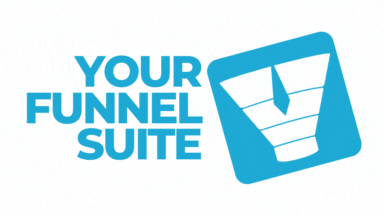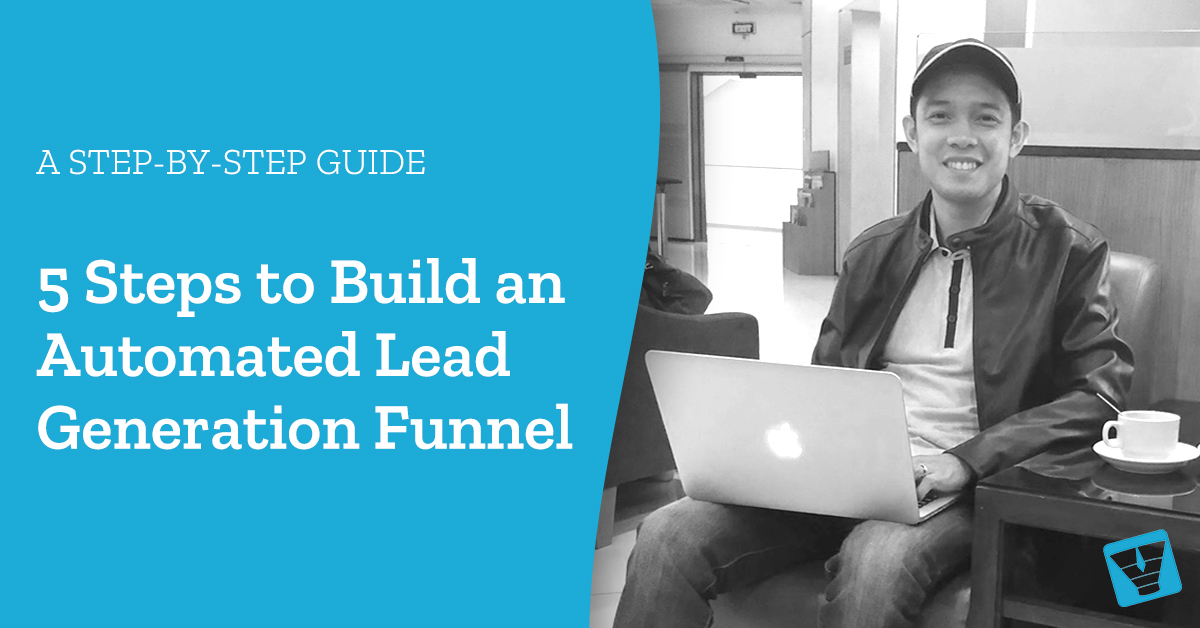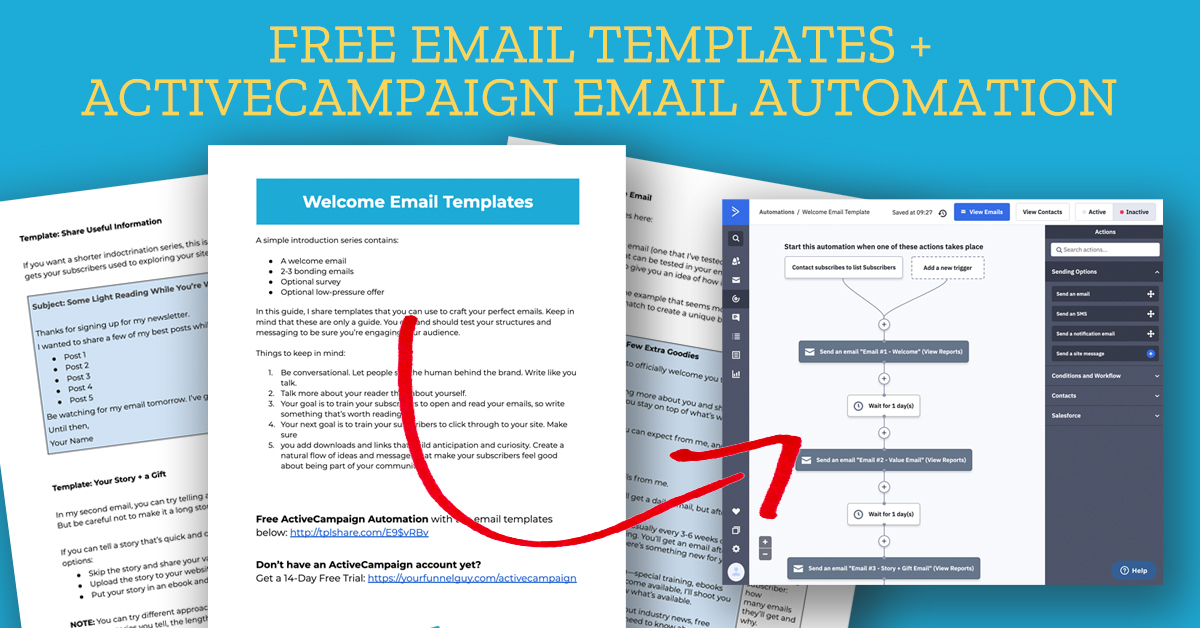How to boost your Lead Nurturing Email Campaigns with Audience Segmentation

General, boring email blasts barely help in nurturing leads, and the alternative of digging deep into the most subtle characteristics of every single customer can be a living nightmare for your team. Thankfully, audience segmentation can hit that sweet spot in between to make sure your email campaigns are personalized, targeted, and engaging.
What is Audience Segmentation?
Audience segmentation is where you split thousands of leads into smaller, related circles by studying their behavior and preferences. Assuming that you’re a fitness company, you can segment subscribers based on their goal (e.g. weight loss, muscle toning, etc.) Meanwhile, a telecommunications provider will probably categorize subscribers according to location.
Empathizing will allow you to imagine several buyer personas which can then serve as a guide in customizing emails. This way, you won’t be depending on your inner fortune teller just to create the most relevant content for your campaign.
What are the different kinds of segmentation?
Still in the dark on what categories to use? Let’s walk you through a few ideas:
Demographic - Considered as the most popular among marketers, it covers data on customers’ age, gender, income, and educational attainment.
Location - The community a customer is living in can give valuable insights on cultural and other external factors that may affect buying decisions.
Psychographic - By looking into customers’ interests and lifestyle, your company can better imagine common personalities shared among your customers.
Behavioral - This involves an analysis of your customers’ purchase history. Are they impulsive or analytical buyers? Do they choose products based on manufacturer claims or on actual reviews?
How exactly can I segment my leads?
Now that you’ve chosen what type of segmentation you’re gonna dig for, it’s time to identify the best way to get data and how to process them.
The traditional method to do this is via surveys. However, your customers can easily be turned off by questionnaires that take forever to finish. Some even cringe at the idea of a survey itself and think it’s a waste of precious time. You can get around these issues by keeping your forms as concise as possible, and converting survey answers into a ticket for a big giveaway.
Take a look at how these hacks were creatively integrated by Headspace in their survey invite:
If soliciting survey responses is too aggressive for your liking, you can turn your content marketing tactics into a behavioral study. Simply create triggers based on opt-in materials (e.g. clicks on buttons that redirect customers to a blog article, signups for a webinar, etc.) to get an idea on how interested they are about your brand.
Check out how Rich20something, an online business coach, shared an article about the struggles he had to go through just to become a consultant. We’re totally loving how relatable and friendly he was in this email:
After you get that rich pile of data, you can move on to analytics with lead scoring. Basically, you have to assign a score for each behavioral factor (e.g. website visits, content downloads, read blogs, social media comments, etc.). The formula is pretty simple - the higher the score of an audience is, the more likely it is for him to become an actual customer.
Automation tools can make this process such a breeze. My top pick, Active Campaign, even lets you add customizable tags for each lead and quickly generate reports.





